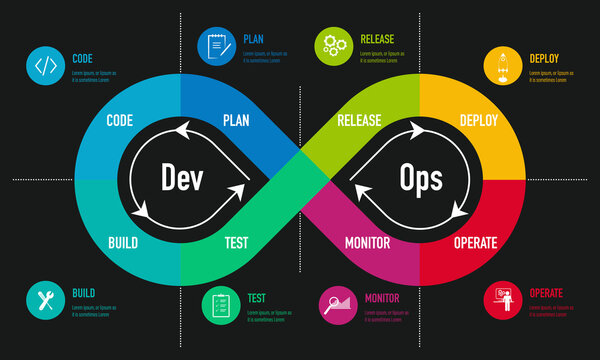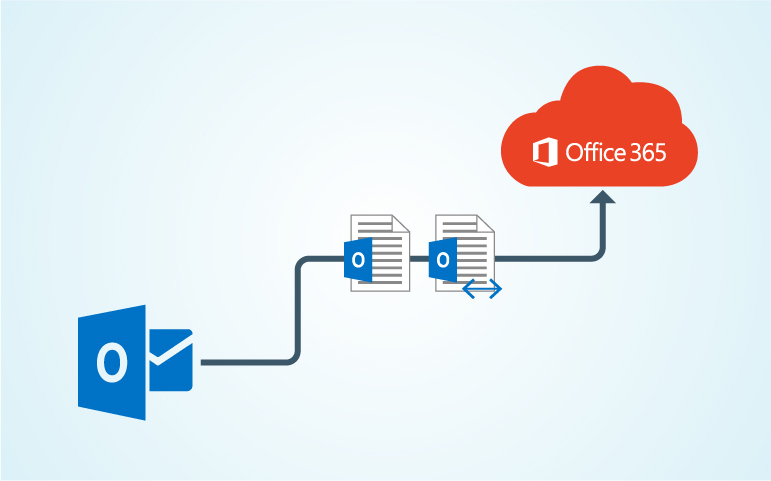Introduction
At Level Point, we’re always pushing the boundaries of what’s possible with DevOps practices. Our latest project involves building a scalable CI/CD (Continuous Integration/Continuous Deployment) pipeline for an e-commerce platform. This project aims to enhance the deployment speed, improve code quality, and ensure high availability for a large-scale e-commerce application that handles thousands of transactions daily.
Project Overview
Objective: The goal of this project is to set up a robust, automated CI/CD pipeline to handle frequent code changes and deployments while maintaining system reliability and security. By integrating DevOps tools and best practices, we aim to optimize the development workflow, reduce downtime, and enhance the customer experience.
Client: An established online retailer looking to modernize their deployment process and reduce time-to-market for new features.
Technologies Involved:
- Version Control: Git and GitHub
- CI/CD Platform: Jenkins
- Containerization: Docker
- Orchestration: Kubernetes
- Cloud Provider: Amazon Web Services (AWS)
- Monitoring and Logging: Prometheus, Grafana, ELK Stack (Elasticsearch, Logstash, Kibana)
- Infrastructure as Code (IaC): Terraform
Phase 1: Assessment and Planning
The first phase of our project involves a comprehensive assessment of the client’s current infrastructure, application architecture, and deployment process. Our team conducted workshops with the client’s developers and operations teams to understand their pain points, challenges, and goals.
Key Findings:
- The current deployment process is manual and prone to errors, resulting in frequent downtime.
- There is a lack of automated testing, leading to bugs slipping into production.
- The infrastructure is not fully scalable, causing performance issues during peak traffic.
Based on these findings, we defined the following key objectives for the project:
- Automate the build, test, and deployment processes using a CI/CD pipeline.
- Containerize the application to ensure consistent environments across development, testing, and production.
- Implement infrastructure as code (IaC) to automate provisioning and scaling.
- Set up monitoring and logging to track application performance and detect issues proactively.
Phase 2: CI/CD Pipeline Setup
Setting Up Jenkins:
- We installed Jenkins on an AWS EC2 instance, ensuring it has the necessary resources to handle the build and deployment load.
- Configured Jenkins to automatically trigger builds on each commit to the main branch in the GitHub repository.
- Integrated Jenkins with GitHub to receive webhooks for code changes, ensuring continuous integration.
Defining the Jenkins Pipeline:
Set up Jenkins to run automated tests using testing frameworks (e.g., JUnit for Java applications) to catch bugs early in the development cycle.
Created a Jenkinsfile to define the stages of our CI/CD pipeline. This file includes stages for code checkout, building the application, running unit tests, creating Docker images, and deploying to Kubernetes.
Phase 3: Containerization with Docker
Dockerizing the Application:
Configured Jenkins to build a Docker image for each successful build and push it to a Docker registry.y, you keep readers engaged and eager to learn more.
Phase 4: Deployment and Scaling with Kubernetes
Setting Up Kubernetes:
- Deployed a Kubernetes cluster on AWS using Amazon EKS (Elastic Kubernetes Service).
- Configured Kubernetes to manage the application’s Docker containers, ensuring scalability and high availability.
- Defined Kubernetes deployment and service YAML files to automate the deployment of Docker containers and expose the application to the internet.
Scaling and Load Balancing:
- Configured Kubernetes to automatically scale the number of application instances based on traffic load, ensuring optimal performance during peak usage.
- Set up a load balancer to distribute traffic evenly across all instances.
Phase 5: Monitoring and Logging
Implementing Monitoring Tools:
- Integrated Prometheus and Grafana into the Kubernetes cluster to monitor application metrics such as response times, error rates, and resource usage.
- Created custom Grafana dashboards to visualize the health and performance of the application in real-time.
Centralized Logging:
- Deployed the ELK Stack (Elasticsearch, Logstash, Kibana) to collect and analyze logs from the application and Kubernetes cluster. This allows the team to quickly diagnose issues and track application behavior.
Phase 6: Infrastructure as Code with Terraform
Automating Infrastructure Deployment:
- Used Terraform scripts to automate the provisioning of AWS resources, including EC2 instances, VPCs, EKS clusters, and security groups.
- Implemented Terraform modules for reusability and scalability, allowing for easy modifications and extensions to the infrastructure.
Conclusion
This DevOps project is a significant step towards modernizing the deployment process for our client’s e-commerce platform. By implementing a scalable CI/CD pipeline, containerization, and Kubernetes orchestration, we are helping our client achieve faster release cycles, improved reliability, and enhanced performance.
Stay tuned for more updates as we continue to refine and expand the capabilities of this project. Our team is committed to leveraging the latest DevOps practices and tools to deliver exceptional results for our clients.
Interested in learning how DevOps can transform your business? Contact us today to discuss your needs and find out how we can help!


